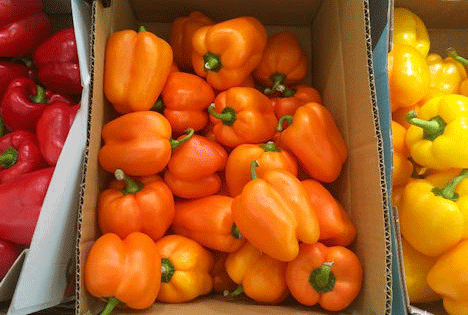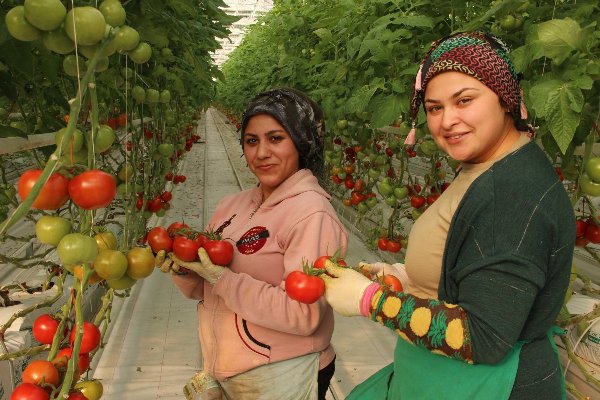The “Marktbericht KW 28/24” from the Federal Office for Agriculture and Food (BLE) reveals a clear dominance of Dutch bell pepper deliveries in the European market. While Turkish imports followed in significance, albeit with some limitations, Belgian and Polish green peppers played a complementary role but were not available in all markets.
The report notes that domestic offerings were present sporadically, with prices varying significantly by location. In Frankfurt, locally grown bell peppers were relatively expensive, whereas in Berlin and Munich, they were offered at more moderate prices. On certain days, regional assortments saw marked price reductions, particularly benefiting traders in Munich.
Despite the overall demand for bell peppers being moderate and easily met, there was a higher localized demand for red and Turkish varieties. Pricing trends showed a general decline across most of the product range, driven by ample supply. However, Turkish specialties maintained firm prices, particularly in Frankfurt and Munich. Red and orange bell peppers were available in Frankfurt at prices ranging from €13 to €15 per 5-kg carton.
This report provides critical data for farmers, agronomists, and agricultural engineers, highlighting the dynamic nature of the bell pepper market and the importance of monitoring regional variations and supply chains. The balance between domestic and imported products, as well as the price fluctuations, offer insights into market strategies and production planning.
For more detailed information on market trends and pricing, refer to the BLE Market and Price Report section on our website.
The latest market data underscores the significance of Dutch bell pepper deliveries in Europe, with Turkish imports and local varieties playing crucial roles. Understanding these market dynamics is essential for stakeholders in the agricultural sector to optimize their production and distribution strategies. Continuous monitoring and adaptation to market conditions will be key to maintaining competitiveness and meeting demand effectively.










